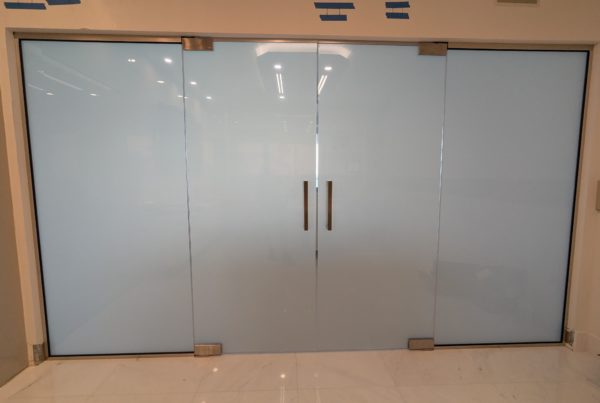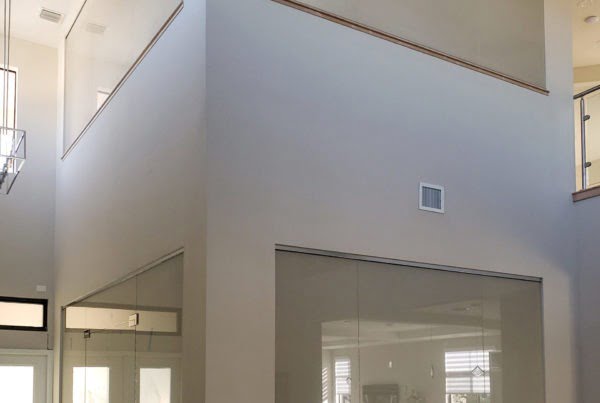Such glass, known as smart or electrochromic, has the ability to change its transparency under the influence of electrical voltage. The essence of its work is to use a thin liquid crystal film located between two sheets of material. In the absence of electrical voltage, liquid crystals in the film are arranged randomly, scattering light and turning the surface into a matte one. When electricity is applied, the crystals are arranged in a certain order, which leads to an increase in the transparency of the material.
The process of switching between states usually takes several seconds to several minutes, depending on the type of smart glass. This material is available in various forms, including a film that can be applied to existing material, as well as in the form of ready-made panels.










